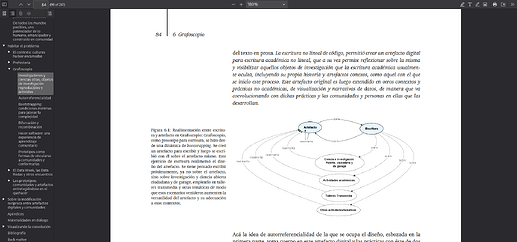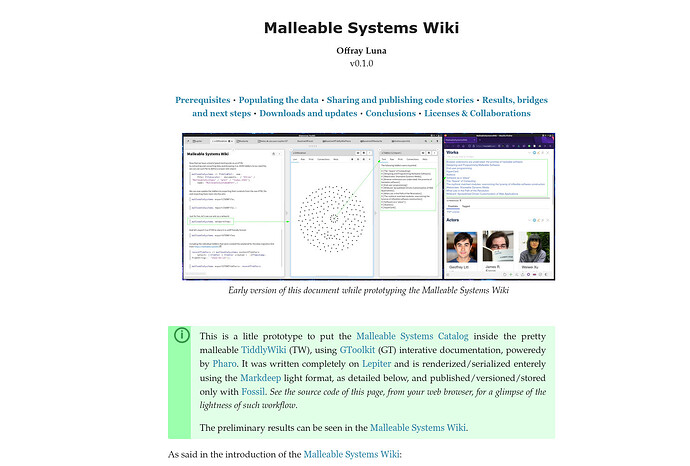Post by Andy Matuschak (2021)
Describes a deeper, more intense 2-person alternative to ecologies for tailorable software (summarized in Philip Tchernavskij’s Designing and Programming Malleable Software.
Great tools for thought rarely come from contexts focused on creating tools. They’re usually created in the course of deep creative work in some domain, almost as a byproduct. And they’re usually made by people with significant expertise and investment in those creative problems.
In most domains, great tool-makers are rarely great tool-users, and vice-versa. There might be advantages to separating the work: the tool-maker could constantly consider abstraction and generalization, and the tool-user could focus on meaningful problems at hand without being distracted by issues of systematization.
There’s a tricky chicken-and-egg problem here. If great creative work should drive the invention of new mediums, how can the initial idea driving the creative work get started in the first place?
The pair must proactively develop an armory of tool ideas to equip the tool-user’s explorations. Tool ideas in the armory don’t have to be working software. They just have to be understood well enough that the tool-user can tinker with them in emerging creative projects.
This conception is mostly useful in the context of repeated collaborations, particularly across distinct projects.
Metadata
- suggesters: jryans
- curators: akkartik

